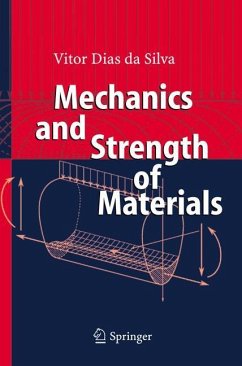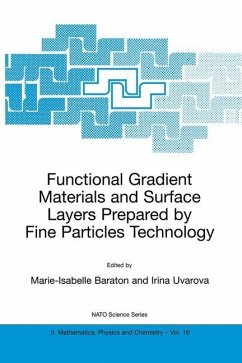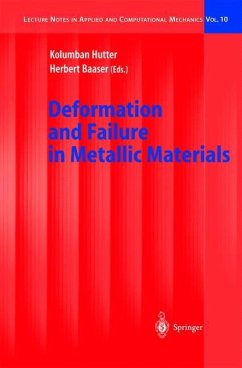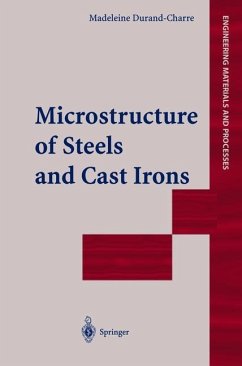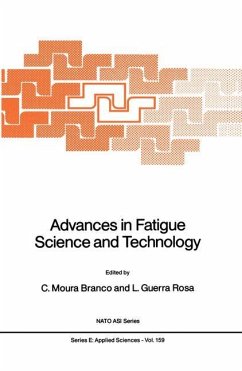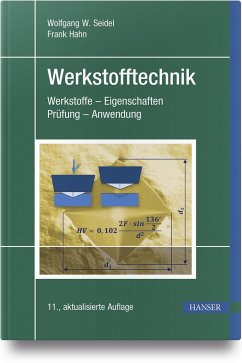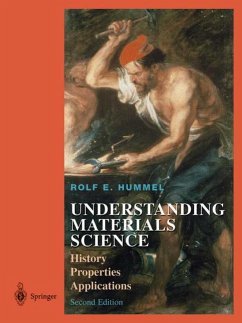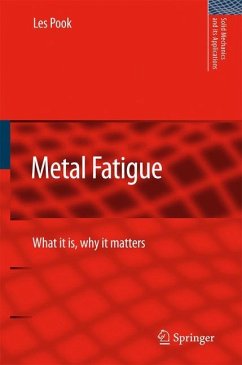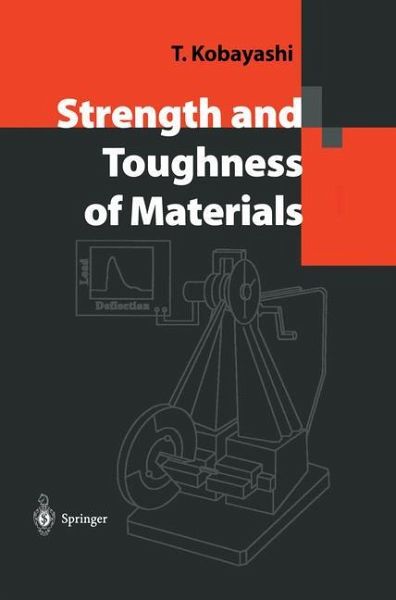
Strength and Toughness of Materials
Versandkostenfrei!
Versandfertig in 1-2 Wochen
77,99 €
inkl. MwSt.
Weitere Ausgaben:

PAYBACK Punkte
39 °P sammeln!
As the shift from the Metal Age progresses, materials engineers and materials scientists seek new analytical and design methods to create stronger and more reliable materials. Based on extensive research and developmental work done at the author's multi-disciplinary material laboratory, this graduate-level and professional reference addresses the relationship between fracture mechanisms (macroscale) and the microscopic, with the goal of explaining macroscopic fracture behavior based on a microscopic fracture mechanism. A careful fusion of mechanics and materials science, this text and monograp...
As the shift from the Metal Age progresses, materials engineers and materials scientists seek new analytical and design methods to create stronger and more reliable materials. Based on extensive research and developmental work done at the author's multi-disciplinary material laboratory, this graduate-level and professional reference addresses the relationship between fracture mechanisms (macroscale) and the microscopic, with the goal of explaining macroscopic fracture behavior based on a microscopic fracture mechanism. A careful fusion of mechanics and materials science, this text and monograph systematically considers an array of materials, from metals through ceramics and polymers, and demonstrates lab-tested strategies to develop desirable high-temperature materials for technological applications.






